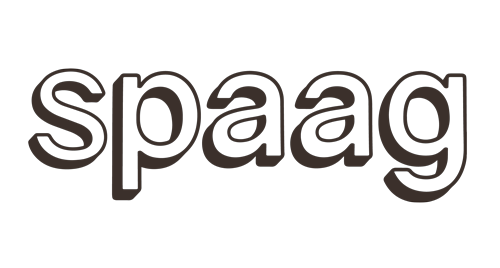If you want to develop your brand, increase your notoriety or increase your online sales, Facebook Ads, the social network’s advertising tool with 2 billion users is the ideal solution.
Creating advertising campaigns will allow you to reach potential targets, gain notoriety and achieve conversions while maximizing your budget by spending it as much as possible.
Check out our three tips to help you achieve your goals for sure.
1. Set the goal for your Facebook Ads campaign
Creating an advertising campaign must meet a specific objective.
The distribution strategy is important because it will offer you multiple options and will be optimized according to the objective. It also guarantees you an efficient allocation of your budget.
So first define the result you want to achieve with these advertising campaigns by referring to these few examples:
Want to gain notoriety on the media of your choice?
→ Your goal will be to generate views by landing page and/or interactions on a post, and/or traffic on your website.
Want to make sales on your e-commerce platform?
→ Your goal is a shopping goal.
Are you planning to collect new B2B and/or B2C prospects?
→ Set a lead generation goal.
Want to have your app downloaded to as many people as possible on iOs or Android?
→ Implement a goal of new downloads.
Once you’ve set your ad goal, you can launch your campaign as a test, to validate whether or not your Facebook Ads is relevant, i.e. estimate the quality of your ads and audiences.
If the objective of your campaign is financial, your ROI must be interesting. ROI is an indicator that measures the success rate of your marketing operation based on your initial goal. The calculation allows you to know the result of your investments and thus optimize the allocation of your budget.
The formula is as follows: Sales made ÷ cost of the campaign – ROI.
Be careful though, it should not be the only indicator of the interest of your campaign, whose performance is measured at the level of the revenue generated and especially the margin.
2. Optimize your testing phases
Do test phases to verify that your goal has been achieved, measure its profitability, adjust your content strategy… Make sure your tests are as complete as possible to ensure the success of your Facebook Ads, following the steps detailed below.
- Test different audiences simultaneously to compare results and fine-tune your targeting. For example, target by geographic location, by age group or by interest. You can also set similar audiences (lookalike). Facebook will then search for users with similar attributes to your source audience (visitors to your site, fans of your page, customer file…). You can also retarget this retargeting audience to keep your offer at the center of your visitors’ attention.
- Try different formats (images, videos, carousels) and multiple texts and titles for each audience, including Dynamic Creative Content (DCO). This feature automatically combines your best performing elements (visuals, texts and titles) using machine learning. Visual content and textual content (titles and texts) are complementary, one catches the eye, the second convinces, their optimization is important.
KPIs will be used to compare tests and determine whether they have worked well.
3. Watch your KPI’s on facebook’s ad manager
Key Performance Indicators are plentiful on Facebook Ads. They allow you to measure the impact of your marketing actions, and optimize your strategy.
Here are the main ones to focus on.
- Coverage, that is, the number of people who have seen your ad at least once. The higher the number, the more your advertising spreads and generates engagement. In fact, each interaction, like or sharing of your post by a user makes it appear in the news feed of its contacts and increases its dissemination (only for organic posts, not for sponsored posts).
- The number of impressions is the number of times the ad has been viewed. Unlike coverage, this indicator counts the number of views by the same person. It is important not to reach a view frequency greater than 2 so as not to tire the audience.
- Click through rate (CTR) indicates the percentage of people who clicked on the ad compared to people who saw it. It allows you to evaluate the performance of your ad.
It is estimated that advertising will perform well from 2%.
- Cost per result is the average cost you pay for a user to perform the action you set up based on your goal. The CPC (cost per click), the CPI (cost per interaction), the CPL (cost per lead) and the CPA (cost per acquisition) can be detailed. Tracking these indicators allows you to estimate whether your ad meets your profitability target.
For example, the target CPA for a new customer is 20% of the lifetime value (LTV, or a sum of profits generated by a customer over a lifetime as a customer)
For an LTV of 200, 20% – 40 so 33.44 is a profitable CPA, unlike 70.61
- If you have a sales goal, the Return on Ad Spent (ROAS) can measure whether the marketing channel you are using is profitable or not. It is calculated thus by dividing the total turnover generated by a channel by the expenditure on said channel and must be more than 1. For example, you sell 100 units at 50 euros, and generate a turnover of 5000 euros. Your ad spends €400. Your ROAS is equal to 5000 / 400, so 12.5. That is, for every euro invested in ads, you generate a turnover of 12.5 euros. This gives you a ratio of earnings and expenses.
Once you’ve completed your testing phases, that is, when you’ve tried several strategies and targeted the right audiences for your business to test your offering and find the best levers, refine your acquisition campaigns based on the performance of the different levers adjusted to your goals.
Use the expertise of the Sparkling Agency to structure and optimize your campaigns!
